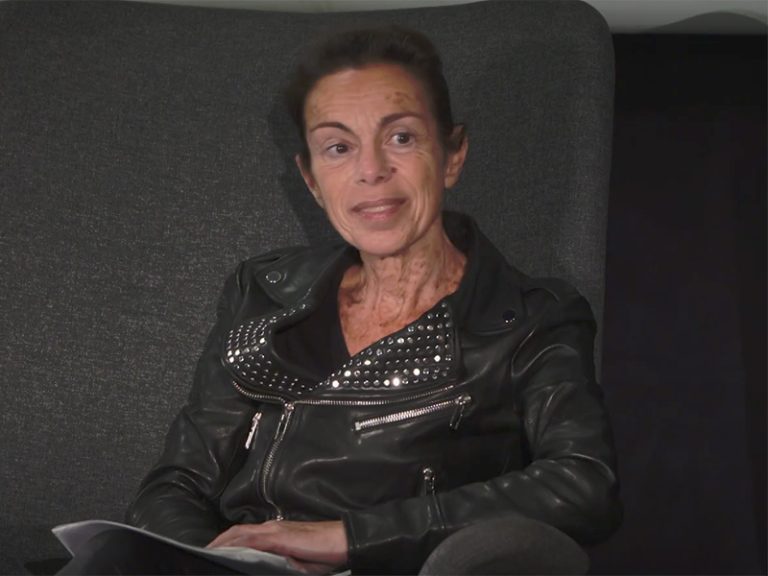France. Since 2010, the Grenelle II law has required a certain type of public and private actor to account for their GHG emissions and implement an action plan to reduce them. This obligation concerns companies with more than 500 employees in mainland France and more than 250 employees overseas, local authorities with more than 50,000 inhabitants and public establishments with more than 250 employees. The report entitled “Report on greenhouse gas emissions” (BEGES) must then be updated every three years (four for companies) and published on the Ademe platform since 2016, where it is accessible to all.
BEGES is a variation of the Bilan Carbone methodology, developed by the Environment and Energy Management Agency (Ademe) in the early 2000s, with the help of engineer Jean-Marc Jancovici. This has been managed by the Bilan Carbone Association, recently renamed Association for the Low Carbon Transition (ABC), since 2011. On the same principle as the Bilan Carbone methodology, BEGES accounts for GHG emissions linked to the activity of an entity by dividing them into three categories entitled “scopes” as they are defined by the Greenhouse Gas Protocol, an international protocol adopted in 2001. But while the Bilan Carbone makes a complete census of these emissions, the BEGES is one simplified version: until recently, it only required scopes 1 and 2 to be taken into account, making the accounting of scope 3 optional even though it represents the majority of a structure’s GHG emissions.
It is only since January 1, 2023, with the entry into force of Decree No. 2022-982, that those subject to it have been required to account for and publish 80% of the most significant scope 3 emissions. not to include all of the emissions in this category since some weigh very little in the overall carbon footprint of a structure, but at least 80% of scope 3 emissions must be included. “ This is a very important step from a regulatory point of view, explains Carole Rapilly, engineer and general director, founder of the firm TranSyLience specializing in low-carbon strategy advice. While an organization most of the time has direct levers to reduce scope 1 and 2 emissions, this is not the case for scope 3. It is then obliged to involve external actors such as its suppliers, for example. . »
The decree also introduces another change: the replacement of the action plan with a transition plan which is intended to be more demanding. Institutions must now detail the means, the actions, but also the quantitative reduction objectives that they intend to implement in the medium and long term. It should be noted, however, that these objectives are not defined by regulations, but by the institution in question, which is free to respect them or not.
The sanctions incurred in the event of non-compliance with the law have evolved over time. The sanction for non-completion of a BEGES was first 1,500 euros then was increased to 10,000 euros (20,000 euros in the event of a repeat offense) in 2022. Since the entry into force of the law on green industry of 2023, the maximum fine is 50,000 euros (100,000 euros in the event of a repeat offense). Agents authorized by the regional prefect are responsible for monitoring compliance with these regulations, but the State is still not very demanding in its application.
The case of cultural places
Many taxable persons do not respect this legal obligation. In 2021, only a third of the five thousand private and public organizations concerned had published their BEGES on the Ademe website. This non-compliance with the law is pointed out by independent organizations such as the Open Carbon Watch collective, which puts online a list of all those subject to it, indicating whether they have correctly measured their carbon footprint and, if so, to when was their last assessment. “This societal pressure towards an ecological commitment is becoming stronger and stronger today, notes Carole Rapilly. It is also what promotes common awareness and allows things to gradually move forward. »
In accordance with the law, cultural structures must carry out a BEGES if they have more than 250 employees. In France, only a handful of museums are concerned: the Louvre, the Musée d’Orsay and the Musée de l’Orangerie, the Quai Branly, the Grand Palais, the Center Georges Pompidou, the Palais de la Découverte and the Cité des Sciences. and industry, the National Museum of Natural History… Other cultural establishments are also subject to this obligation. Among them, the Palace of Versailles, the National Furniture, the National Library of France, the Comédie-Française, the Philharmonie de Paris, the National Center for Cinema and Animated Images and the Paris National Opera.
Several museums carry out their carbon footprint, even if they are not obliged to do so, whether or not they publish on Ademe. As part of its “Palais Durable” sponsorship program, the Palais de Tokyo has made public its carbon footprint for the year 2021 and its roadmap which aims to reduce its emissions by 42% by 2030. The The Lyon Museum of Fine Arts also carried out its carbon footprint (not counting visitor travel) for the first time last year, just like the Jeu de Paume which assessed its carbon footprint for the year 2022 by setting as the objective of reducing it by 40% by 2030 and by 60% by 2050. Last February, Icom launched a call for tenders to design a carbon benchmark for small and medium-sized French museums , for which BEGES is not obligatory.







